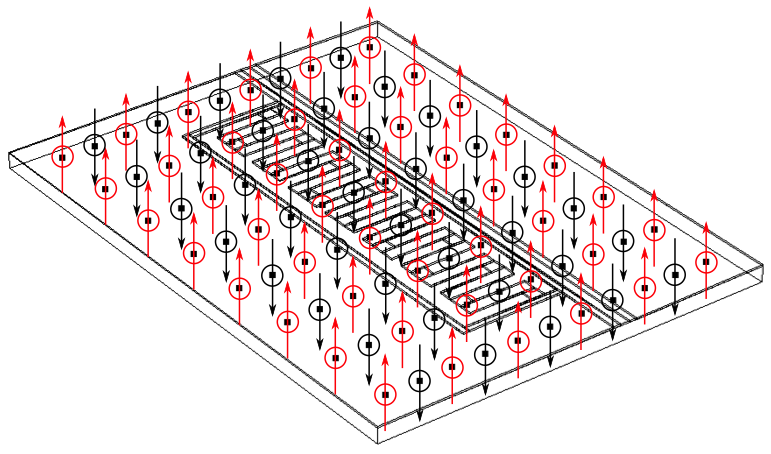Vincenzo Lordi (15-ERD-051)
Abstract
Proposed quantum computers will use the ability of quantum bits (qubits), such as a collection of atoms, to be in an unlimited number of states simultaneously. Whereas conventional computer bits come either in ones or twos, a qubit can be the equivalent of both a one and a two at the same time. In theory, this capability will allow the quantum computer to perform many different computations simultaneously. Superconducting qubits and ion trap qubits are two leading candidates for scalable quantum computer architectures because they both leverage well-developed microfabrication technologies. However, there are microscopic sources of magnetic noise on the surfaces of some materials used to fabricate specific superconducting qubits. Current research elsewhere does not treat noise in these systems realistically, nor integrate the noise models with device-level models. We plan to build an integrated modeling capability for the realistic treatment of noise (as a function of time and space) in engineered qubit systems by coupling atomic-scale models of materials-related noise sources to device-level circuit simulations. This approach treats noise realistically with a comprehensive physics treatment of its sources and long-range interactions, which will be far beyond the current idealized state of the art. The results will enable optimization of fabrication processes and device layouts so that practical qubits may be designed for a quantum computer. The main tools used will include density functional theory and full-wave time-domain electromagnetic device simulations. Validation of noise models on experimental quantum simulators, such as the D-Wave quantum processor, will be pursued as well.
We expect to produce novel physics-based, materials-related noise models for a variety of qubit implementations, including superconducting qubits with advanced materials and ion trap devices. The noise models will be integrated directly into geometrically defined, device-level circuit quantum electrodynamics models that will result in simulations of noise correlation and cross talk among realistic qubits, enabling optimal engineered design of such devices. Ultimately, the output of this project could feed into system-level models of error propagation within a given quantum error-correction coding scheme to determine error thresholds for computing. As such, this could enable computer-aided design of quantum computers in the future.
Mission Relevance
This research project will help advance the state of the art toward realizing a quantum computer, which has significant relevance for the cyber security, space, and intelligence mission focus area at LLNL because of its powerful capabilities for national security applications such as encrypting or decrypting information or its near-invincibility to cyber attacks. We will utilize and enhance LLNL core competencies in advanced materials and manufacturing as well as high-performance computing, simulation, and data science, for which quantum computers may offer a significant future computing platform.
FY15 Accomplishments and Results
In FY15 we (1) constructed an electromagnetic simulation for a single superconducting qubit device, and implemented a Josephson junction (two superconductors coupled by a weak link) quantum model; (2) completed integration of the classical and quantum models, which also includes rudimentary quantum dissipation models; (3) calculated spin–spin exchange coupling on defective sapphire and diamond surfaces with regards to magnetic defects on materials; (4) calculated the effects of intrinsic defects and local strain on modulating exchange interactions; and (5) performed an evaluation of the D-Wave device as a hardware noise simulator. We determined that its coherence time is too short to be useful for this purpose.
Publications and Presentations
- Adelstein, N., J. L. DuBois, and V. Lordi, Magnetic fluctuations from oxygen deficiency centers on the SiO2 surface. (2015). LLNL-JRNL-645056.
- Adelstein, N., et al., Exchange coupling of spins on superconducting qubit substrates from first-principles. APS March Mtg. 2015, San Antonio, TX, Mar. 2–6, 2015. LLNL-ABS-664534.
- Lordi, V., Discovering and controlling the materials origins of noise in qubits. Beyond Exascale: Qubits for Quantum Computing Workshop, Oak Ridge National Laboratory, Oak Ridge, TN, Aug. 20–21, 2015. LLNL-PRES-663398.
- Lordi, V., Materials origins of decoherence in superconducting qubits. Materials Opportunities for Quantum Computing Workshop, Los Alamos, NM, Oct. 7–9, 2014. LLNL-PRES-660986.






